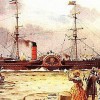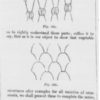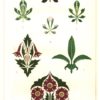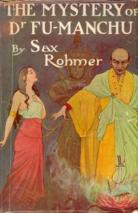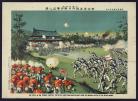Eruption of Tambora
5 Apr 1815
 Eruption of Mount Tambora in Indonesia on 5 April 1815. Image: the summit caldera of Mount Tambora. This file is in the public domain because it was created by NASA. NASA copyright policy states that "NASA material is not protected by copyright unless noted."
Eruption of Mount Tambora in Indonesia on 5 April 1815. Image: the summit caldera of Mount Tambora. This file is in the public domain because it was created by NASA. NASA copyright policy states that "NASA material is not protected by copyright unless noted."
This geological event led to the “Year Without a Summer,” the worldwide effect of atmospheric debris and aerosols on climate and crops, especially severe in Eastern North America, Western Europe, and China. In fact, the "Year Without a Summer" belongs to a three-year period of severe climate deterioration of global scope caused by the eruption. With plummeting temperatures, and disruption to major weather systems, human communities across the globe faced crop failures, epidemic disease, and civil unrest on a catastrophic scale.
Articles
Gillen D'Arcy Wood, "1816, The Year without a Summer"
Martin Meisel, "On the Age of the Universe"

